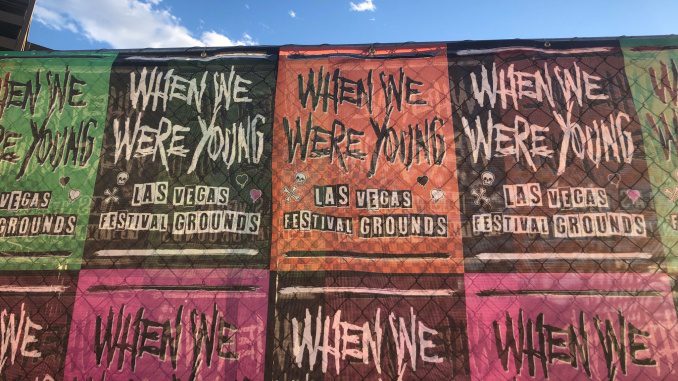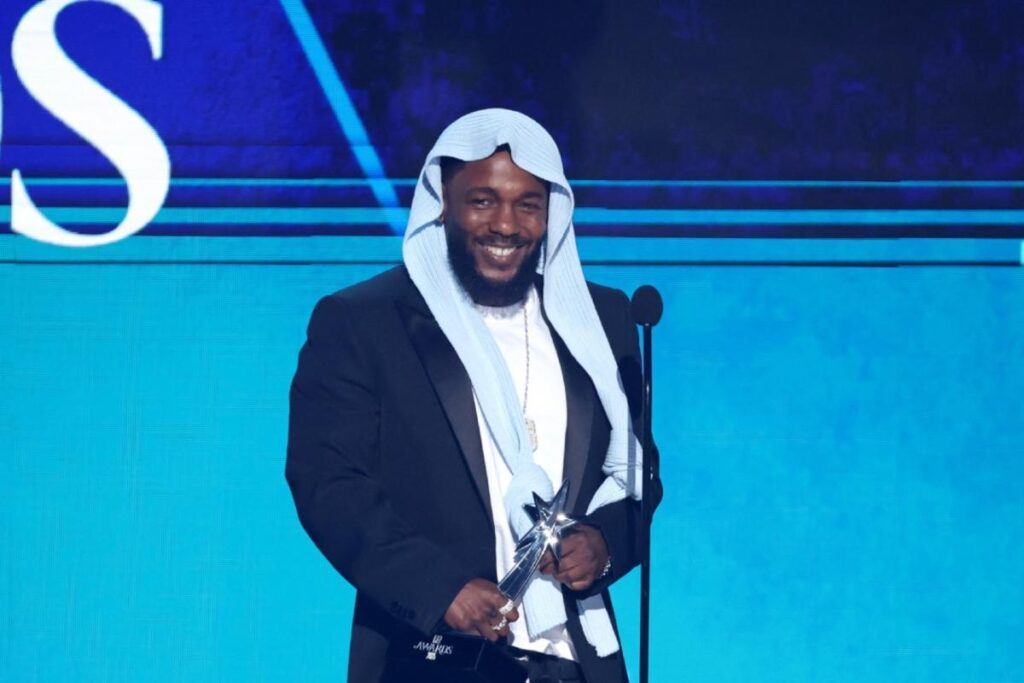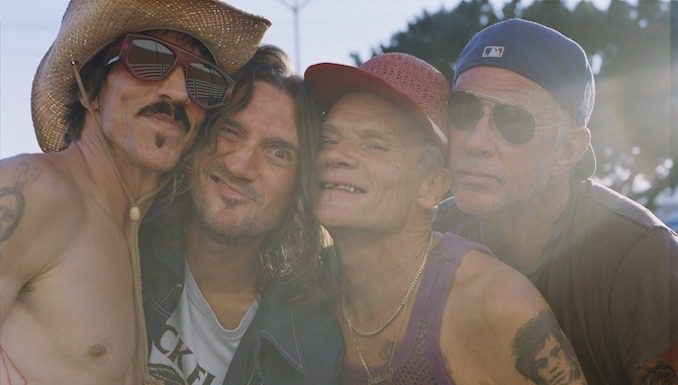“[W]e caved, we’re on tiktok, go follow us for a chance to win tickets! all you have to do is follow our account and comment on our most recent video. ready. set. go!”
That playful tone of marketing is familiar to anyone who’s encountered brands on social media. Although the tweet could be at home on many digital profiles, it was posted by When We Were Young, shortly before what should have been day one of the Oct. 2022 music festival in Las Vegas. As a forever emo fan, I traveled from the U.K. for this first date. But the weather had other plans.
Originally, this piece was solely going to explore the presence of Big Tech partners at WWWY: influential technology companies like Google and streaming services such as Netflix. Both are conspicuously listed as WWWY partners, so I was curious to learn about their involvement. However, day one of the hotly anticipated three-day festival was cancelled due to dangerously high winds—an understandable decision but one which was communicated in an avoidably casual and last-minute way. WWWY’s tweet on the cancellation and the backlash that followed was a reminder that Big Tech shapes online and offline aspects of emo music festivals—from crisis communications to event partners.
Just days before the cancellation of WWWY’s October 22 date, they tweeted news of a festival app, another example of how Big Tech looms large in this emo space. The app’s announcement fell flat and was critiqued by fans who experienced issues with its functionality or were concerned about the use of their data. Even though it’s not very interactive, the app is more visually engaging than the festival website as it features images of bands who are in the lineup.
The app’s functions include being able to connect to Facebook to view friends’ WWWY schedules. Additionally, it highlights top Spotify tracks by bands performing at the festival. Tracks are directly linked from the WWWY app if the user gives permission for their Spotify account data to be accessed. Such features may be novel, but updates to the app are slow, leaving frustrated fans asking when information about the Oct. 29 festival date will be added. Undoubtedly, WWWY has embraced Big Tech as part of the branding and delivery of the festival, but the jury’s out about whether that approach has been in the interest of fans.
News of day one being cancelled didn’t break before a long queue of fans formed in front of Las Vegas Festival Grounds. I was among the group, and frantically tried to find a way to attend the festival the following day. When I finally made it to WWWY, I was relieved, excited and interested in Big Tech’s role in the festival’s overall brand. But before delving into the details of that, it’s important to recognize that emo has been entangled with tech companies for decades.
Emo cut its teeth during the early days of instant messaging (MSN, AIM) and social media (MySpace). Before the internet meme as we know it, there were avatars, online acronyms and usernames which were used to cultivate emo spaces in the 2000s. Teens taught themselves the craft of coding to create websites and alter digital aesthetics to express their emo selves. Bands promoted their music demos and gigs with the touch of a few buttons and the help of a few friends.
Despite the imaginative ways that people were creating emo music and online communities in the early 2000s, most media corporations at that time did not pay serious attention to the emo world—and some that did just fueled moral panic. Still, the creativity and community at the heart of emo thrived and has continued to adapt to a changing digital landscape.
Cue the launch of WWWY.
The new festival blends recent technological developments and trends with throwback emo culture. Its Twitter account is a mix of nostalgic memes, retweets of band posts, and a peppering of overt marketing. As the name suggests, WWWY unapologetically romanticizes emo’s bygone days. While the theme of reminiscing runs throughout the festival, so too does a focus on the future and digital technology’s function in it.
Case in point, the #NetflixandChills “Horrorscope” pop-up where people could receive tarot readings and scan a QR code to see their “aura”, assuming they consent to potentially being photographed and filmed. The presence of Google and Netflix at WWWY turned out to be pretty dull, apart from eye-catching artwork by @TRAPXBOB that adorned part of the Google Pixel mini-mart. Unlike the derivative vibe of Big Tech, the festival’s lineup brought WWWY to life.
The bands performing put on a memorable show that moved fans, while demonstrating that emo’s soul is alive and well. My Chemical Romance aptly closed the first festival night with their iconic song “Vampire Money”, perhaps alluding to corporate culture’s continued efforts to clutch and capture emo. Ultimately, WWWY got off to a rocky and sporadically tweeted start, but, in the end, people came together to celebrate the past, present and future of emo, which is something that Big Tech could never break.




